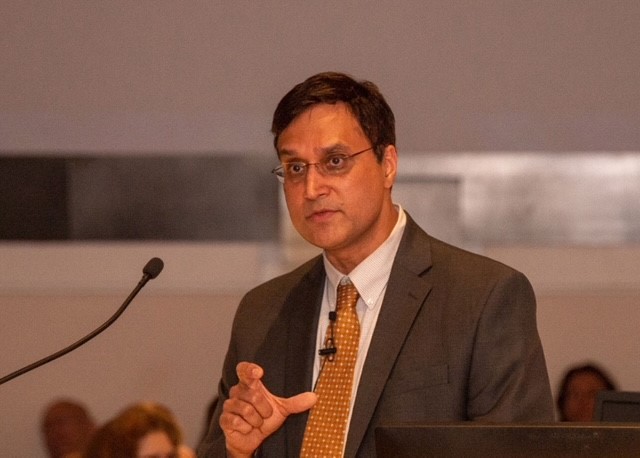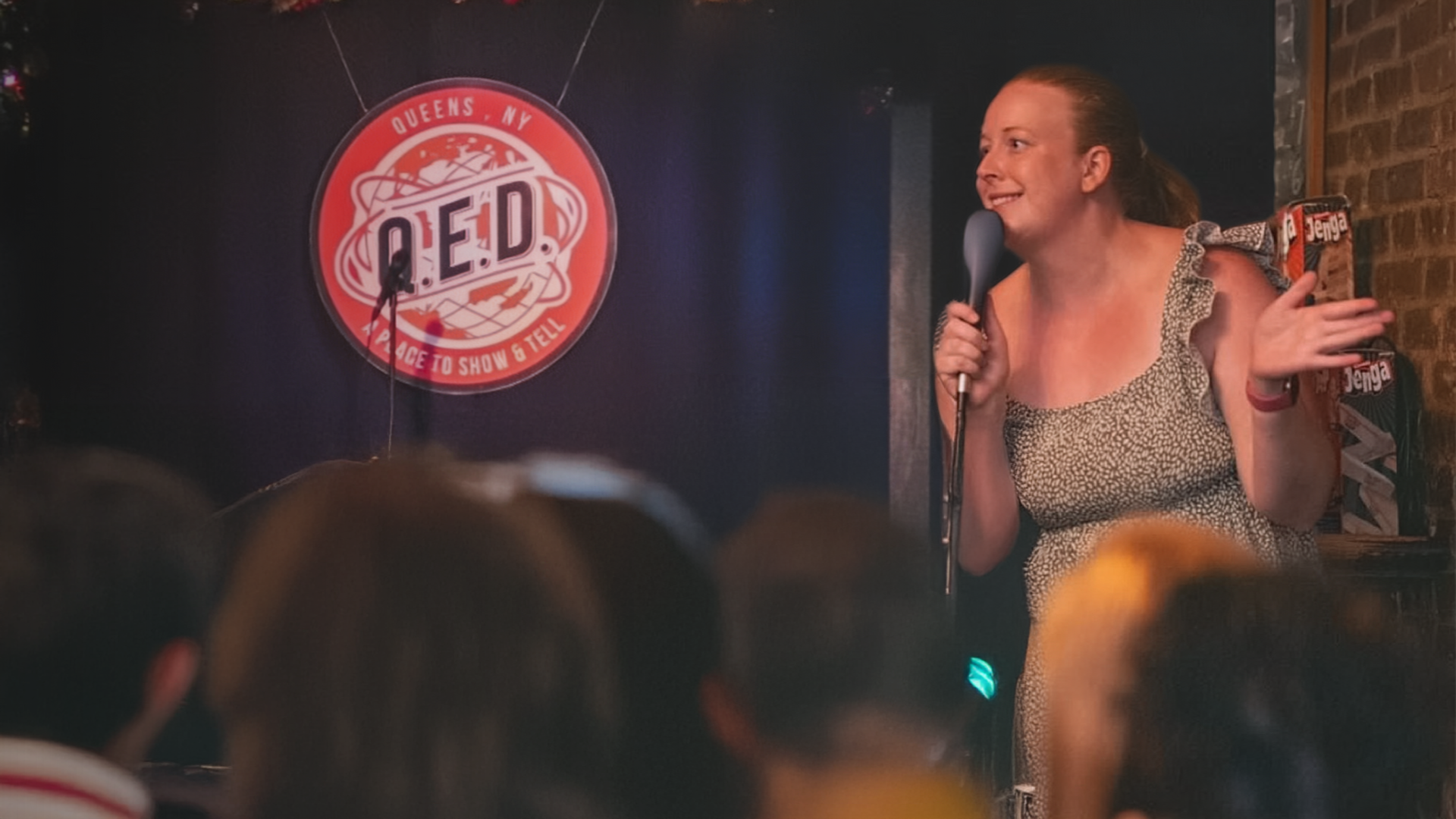Prof. on U.S. Decision to Send Salvadorans Back to Country Besieged by Gang Violence
January 10, 2018
Nearly 200,000 Salvadorans who have lived in the United States for almost 20 years will be forced to leave the United States, Homeland security officials announced yesterday.
A humanitarian program known as Temporary Protected Status has allowed Salvadorans to live and work legally in the United States since a pair of devastating earthquakes struck their country in 2001. But the government is ending the program for Salvadorans, who must return to the Central American country by September 2019.
We talked with Political Science Professor Russell Crandall about El Salvador today and the grim prospects facing immigrants forced to return to a violent, gang-controlled nation.
Crandall served as the Principal Director for the Western Hemisphere at the Pentagon and national security aide to Presidents George W. Bush and Barack Obama. Crandall's latest book is The Salvador Option: The United States in El Salvador, 1977-1992 (Cambridge University Press, 2016). He is currently writing a history of the war on drugs.
How does this decision affect the Salvadorans living in the United States?
The humanitarian implications of this decision are complicated–and potentially lethal. Untold numbers of TPS-granted Salvadorans would return to a country with one of the highest per-capita murder rates in the world. El Salvador's prodigious gang-land violence makes it a veritable hell-hole.
The Salvadorans with Temporary Protected Status left their homes due to the damage from the 2001 earthquakes, but their home country is actually far more dangerous than it was when they left. Why?
The statistics are numbing but bear repeating. In 2011, there were more murders in tiny El Salvador than all of Western Europe combined. A confounding factor in confronting these problems is that there are upwards of 300,000 people–almost 10 percent of the population–who are involved in gang activity in El Salvador, notably MS13 and its sworn rival, Barrio 18. Girls as young as 11 are taken as jainas, or sex slaves, and boys are forcibly recruited into the gangs.
As Dagoberto Gutiérrez, a former commander of the Marxist FMLN insurgency that fought the U.S.-backed Salvadoran government to a stalemate in the 1980s, lamented in a recent interview: "We are living in the worse war of our history, but no one wants to acknowledge it as a war."
How have the gangs been able to exert such control?
They are up to their ears in illicit revenue since Central America is a stopover for roughly 80 percent of all the drugs entering the United States. The politically and financially empowered gangs have achieved an unprecedented reach into these already desperately vulnerable communities. Today, the gangs are at war on three fronts: against the state, civilians and one another.
In July 2015, a faction of Barrio 18, in an effort to influence its truce negotiations with the government, forced the buses in San Salvador to go on strike; the ensuing paralysis endured for four days. Eight drivers who defied the ban were murdered. The following month, Barrio 18 conducted an "internal purge" by stabbing 14 inmates to death at a prison.
The gangs have also demonstrated an increased willingness to take their war directly against the state, attacking the Salvadoran National Police 400 times in 2015. And the situation only appears to be worsening. In the first 73 days of 2016, 1,688 people were murdered in El Salvador, more than twice the level from the same period last year.
How is this decision being received in El Salvador?
With deep trepidation. A number of factors are at play. The first is El Salvador's economy relies to a considerable degree on money wired from Salvadorans living in the United States–in 2016, nearly $4.6 billion, or 17 percent of GDP. The impacts of that revenue stream drying up are unclear–but it almost certainly will not benefit the Salvadoran economy.
Second, the gangs that control El Salvador today started in the United States and took root when they were deported in the early 1990s. They returned to an unstable country that basically allowed them to seize control. What happens when hundreds of thousands of Salvadorans who have lived in the United States for almost two decades return to a violent, gang-controlled country? It will not serve to stabilize El Salvador. This decision could easily have tragic consequences for generations to come.
Third, these legal resident TPS-granted Salvadorans living in the United States have raised approximately 200,000 children who are citizens by birth. What becomes of them when their parents are forced to return to El Salvador?
Jay Pfeifer
japfeifer@davidson.edu
704-894-2920



